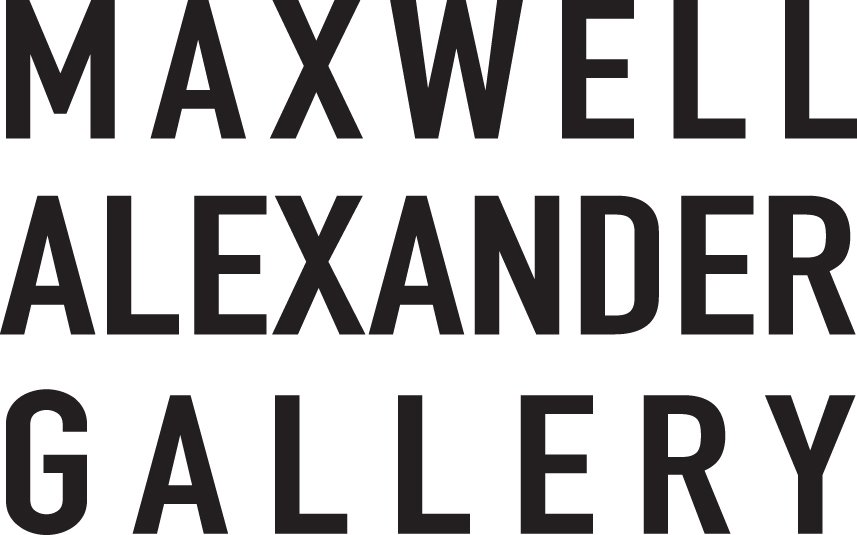In a small solo show opening at Maxwell Alexander Gallery on Saturday, April 6, Wyoming artist Grand Redden captures timeless vignettes of the cowboy, his horse, and the land upon which he works. If the showcase conjures the spirit of early cowboy artists like Fran Tenney Johnson and W. Herbert Dunton, who captured the Old West, Redden wouldn’t mind the comparison. In the half dozen oil paintings he brings to the show, the artist seeks to share a bit of his own western heritage with viewers.
Redden’s paternal ancestors were among the first pioneers to settle in southwest Wyoming, and he himself grew up in the region on his father’s sheep and cattle ranch. Today he lives with his wife and family in the area, where he raises a small herd of sheep, chickens, and a few cows on 120 acres of pastureland. It’s a way of life that has always appealed to the artist— modernized methods of farming aside. “I really don’t have much interest in painting tractors,” he admits unapologetically. “With some of my work, I try to make it look like the cowboy and western life from 1900 to the 1930s. The Zane Grey and Gene Autry period is an exciting and interesting time to people, and I think contemporary desires are reaching back to that time.”
Over the nearly three decades he has been painting, Redden has studied with acclaimed artists ranging from Jim Norton to Gerald Fritzler to Walt Gonske. He has also closely observed the techniques of a variety of living and deceased masters. “How I paint is as important to me as what I paint,” says Redden. who was inducted into the exclusive Cowboy Artists of America in 2012. “The longer I paint, the more excited I get about the craftsmanship that goes into a well-made painting—the textures, the colors, the design. I’m more focused on using large shapes and bright colors in a harmonious way, and I use a lot of sanding and glazing.”
Also propelling Redden forward on his creative path is the ongoing urge to share his world with others. “If you haven’t ridden a bobsled with a load of hay, it’s amazing—the sounds, the smells,” says the artist. Of course, while he can’t arrange for viewers to physically experience such pleasures he adds, “I can paint it for them.” And being able to do that, says Redden, “is like being paid to eat ice cream.”

